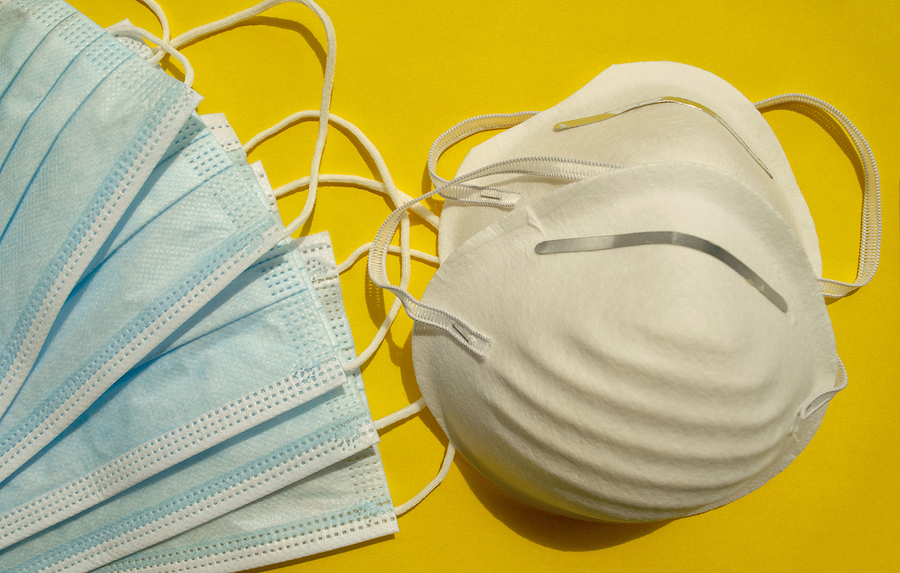What’s the difference between face masks?
At a time when we’ve been told to minimise touching our faces, conflicting opinions about the use of face masks have left many people scratching their heads.
Who should be wearing them? When and where should they be worn? And what is the difference between the various types? There are many questions.
In the last few months, the World Health Organization (WHO) has been staunch in its recommendation that only two groups of people should wear protective masks; those who are sick with or showing symptoms of the virus and those who are caring for people suspected of having it.
They also went on record stating: “Masks are effective only when used in combination with frequent hand-cleaning with alcohol-based hand rub or soap and water.”
Of course, every time you turn on the news, you can see people in far-flung places wearing masks in their masses. Venezuela and Vietnam were quick to make them compulsory and more recently, European nations including Germany and Austria have said they are a necessity in public spaces and on public transport.
For the time being, it is not mandatory for the UK population to wear face masks when in public. This decision has, in part, been dictated by worries that widespread use of masks could put supplies for the NHS at risk.
That said, in a recent document outlining the government’s three-step plan to ease the current lockdown restrictions, it is suggested that people in England should aim to wear face coverings on public transport and in some shops. The Scottish government had already made similar suggestions.
It seems very likely that face masks will form part of our ‘new normal’ and it’s therefore important to understand the clear distinction between the various masks available on the market.
Broadly speaking there are two types of mask; surgical (also known as simple face masks); and respirator masks, which include Euro-certified FFP 1, FFP2, FFP3 and US-certified N95 and N99 varieties.
Surgical

Intended to be worn by health professionals during procedures in surgery and nursing. They are designed to prevent infections by catching bacteria shed in liquid droplets and aerosols from the wearer’s mouth and nose. As they do not have an air-tight seal, they are not designed to protect the wearer from inhaling airborne bacteria or viruses whose particles are smaller. Surgical masks often vary in quality and level of protection.
FFP1
Of the three standards of filtering facepieces, these respirators filter the least. They are mainly used as dust masks by people undertaking DIY tasks around the home.
Aerosol filtration percentage: 80% minimum
Internal leak rate: Maximum 22%
FFP2
More commonly worn in construction and agriculture, they are commonly used by healthcare professionals in the UK as protection against influenza viruses. Covaflu sells FFP2 masks to the public, they are available here. FFP2 masks work similarly to N95 masks.
Aerosol filtration percentage: 94% minimum
Internal leak rate: Maximum 8%
FFP3
The most filtering of the FFP varieties, they protect against very fine particles. Covaflu provides these to the NHS.
Aerosol filtration percentage: 99% minimum
Internal leak rate: Maximum 2%
N95
N95 respirators meet health and safety standards in the USA and are considered functionally equivalent to FFP2 masks. They offer good, but not total protection against infectious droplets and are routinely used by healthcare professionals in the States.
Aerosol filtration percentage: 95% minimum
N99
The next rank up from N95 masks, they offer marginally better protection, however, some find them difficult to breathe through.
Aerosol filtration percentage: 99% minimum
Covaflu masks meet World Health Organisation standards and has been a trusted supplier of respiratory masks since 2008. At Covaflu, all our masks are sourced separately to NHS requirements and do not impact on NHS supplies, so you can rest easy that your purchase is not disrupting vital supply chains.
For more information visit www.covaflu.com
ADVERTORIAL



















